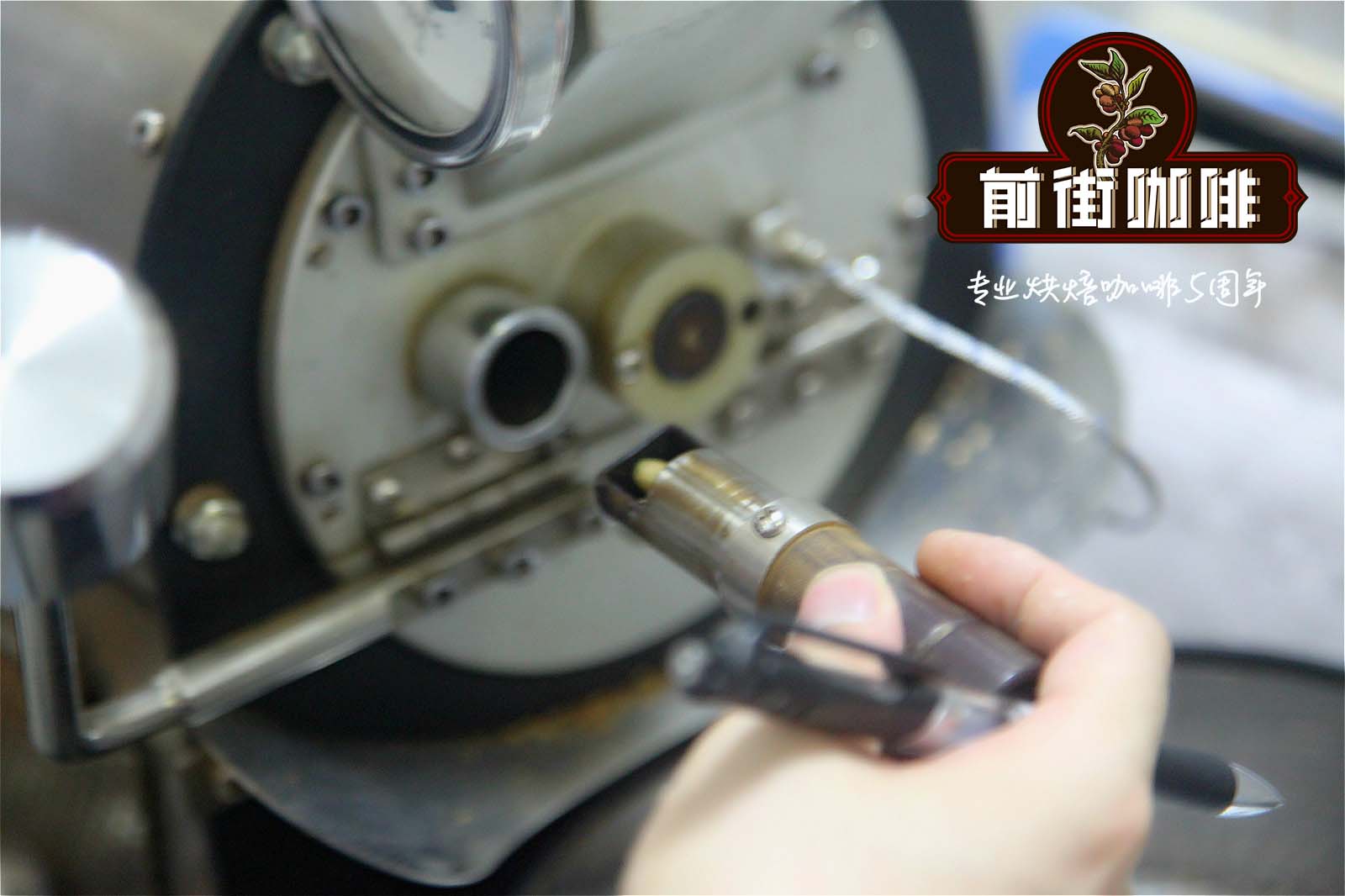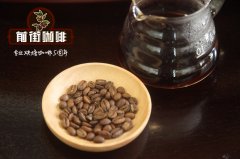Valley of western Costa Rica | Fidel Manor Valley View processing Plant | Vera sa strange red honey treatment

Professional coffee knowledge exchange more coffee bean information please follow the coffee workshop (Wechat official account cafe_style)
The Valley of Western Costa Rica | Fidel Manor Valley View processing Plant | what is the flavor of Vera sa's odd red honey treatment?
The seven main coffee producing areas in Costa Rica are distributed along the inland central plateau from northwest to southeast. Costa Rican volcanic terrain with fertile volcanic ash, mild and suitable temperature, and stable and abundant rainfall is one of the reasons why coffee has become one of the main agricultural products in Costa Rica. As the coffee industry in Costa Rica began to develop since the middle of the 18th century, it was the first country where coffee was first introduced into Central America and has a long history, so the coffee organization has a complete system from production to marketing. In terms of quality and quantity, Costa Rican coffee has always been recognized by the world, and has been rated as the world-class high-quality coffee.
Costa Rican volcanic terrain with fertile volcanic ash, mild and suitable temperature, and stable and abundant rainfall, is one of the factors that coffee has become a major agricultural product. The seven main coffee producing areas are distributed along the inland central plateau from northwest to southeast: West Valley, Central Valley, Tarrazu, Tres Rios, Orosi, Brunca and Turrialba. The coffee industry in Costa Rica began to develop since the middle of the 18th century. It is the country where coffee was first introduced into Central America and has a long history. Therefore, the coffee organization has a complete system from production to marketing. In terms of quality and quantity, Costa Rican coffee has always been recognized by the world, and has been rated as the world-class high-quality coffee. Using the popular red honey treatment, a new pulp scraper is used to scrape off part of the pulp and then directly expose it to the sun. So that the contents of raw beans can be completely retained, but also due to the gradual drying and concentration of the pulp combined with the role of environmental microorganisms resistant to high sugar content, resulting in a rich and complex sense of sweetness. This kind of "honey-treated coffee" with low acidity, full taste, high complexity and rich sweet flavor has become the goal of the coffee industry in recent years!
Villasarchi, a rare variety bred by local coffee farmers in the western valley through the cross of bourbon trees, is resistant to strong winds, likes high altitude, has excellent acidity and a variety of fruit aromas.
Flavor description: White raisins, baked almonds, tangerine changeable acidity, bright and clear, changeable layers, good balance
Qianjie recommended cooking:
Filter cup: Hario V60
Water temperature: 90-91 degrees
Degree of grinding: small Fuji 3.5 (China 20 screen pass rate 64%)
Cooking methods: the ratio of water to powder is 1:15, 15g powder, the first injection of 25g water, 25 s steaming, the second injection to 120g water cut off, waiting for the powder bed water to half and then water injection, slow water injection until 225g water, extraction time about 2:00
Analysis: using three-stage brewing to clarify the flavor of the front, middle and back of the coffee. Because V60 has many ribs and the drainage speed is fast, it can prolong the extraction time when the water is cut off.
Important Notice :
前街咖啡 FrontStreet Coffee has moved to new addredd:
FrontStreet Coffee Address: 315,Donghua East Road,GuangZhou
Tel:020 38364473
- Prev

Gedeo area of Yegashafi, Ethiopia | Alomo Cooperative washed local native species with full water.
Professional coffee knowledge exchange for more information on coffee beans, please follow the coffee workshop (Wechat official account cafe_style) Gedeo area of Yegashifi, Ethiopia. | what is the flavor of the native species washed by the Alomo Cooperative? The Aramo cooperative is located in the southwest of Ethiopia, which can be said to be a very typical cooperative of Yirgacheffe. Arlo.
- Next

El Salvador hot spring coffee hand brewing parameter suggestion _ hot spring coffee bean hand flushing water ratio recommended
Professional coffee knowledge exchange more coffee bean information please follow the coffee workshop (Wechat official account cafe_style) El Salvador coffee is Arabica species of which bourbon / Bourbon more than 60% Pacas / Pacas 30% (Pacas was found to be a mixture of Caturra and Bourbon in the 1950s) Pacamara / Pacamara accounts for nearly 10% Pacamara is Pacas
Related
- Detailed explanation of Jadeite planting Land in Panamanian Jadeite Manor introduction to the grading system of Jadeite competitive bidding, Red bid, Green bid and Rose Summer
- Story of Coffee planting in Brenka region of Costa Rica Stonehenge Manor anaerobic heavy honey treatment of flavor mouth
- What's on the barrel of Blue Mountain Coffee beans?
- Can American coffee also pull flowers? How to use hot American style to pull out a good-looking pattern?
- Can you make a cold extract with coffee beans? What is the right proportion for cold-extracted coffee formula?
- Indonesian PWN Gold Mandrine Coffee Origin Features Flavor How to Chong? Mandolin coffee is American.
- A brief introduction to the flavor characteristics of Brazilian yellow bourbon coffee beans
- What is the effect of different water quality on the flavor of cold-extracted coffee? What kind of water is best for brewing coffee?
- Why do you think of Rose Summer whenever you mention Panamanian coffee?
- Introduction to the characteristics of authentic blue mountain coffee bean producing areas? What is the CIB Coffee Authority in Jamaica?

